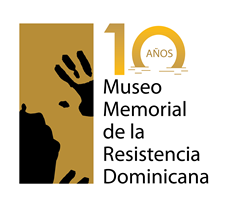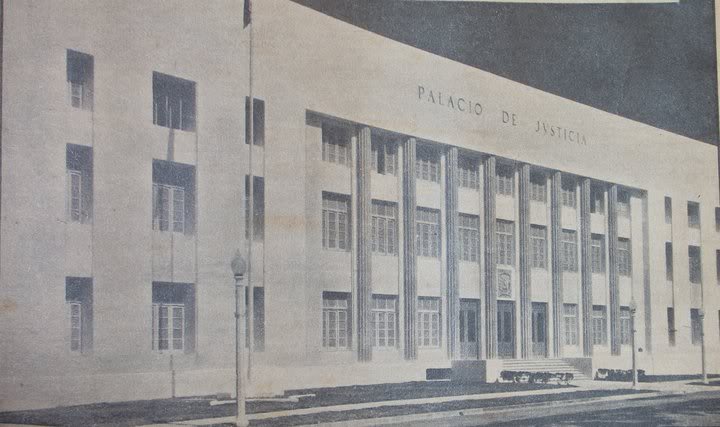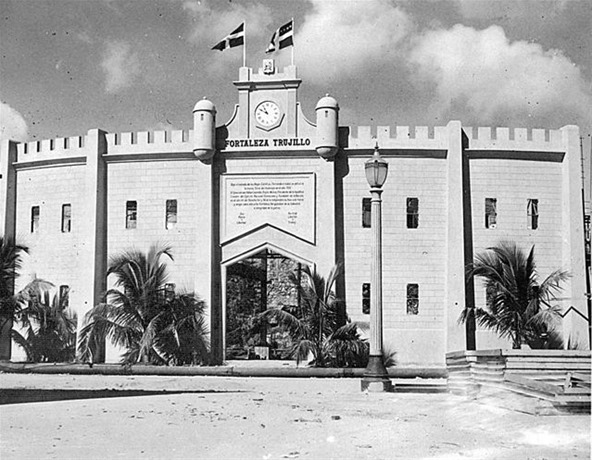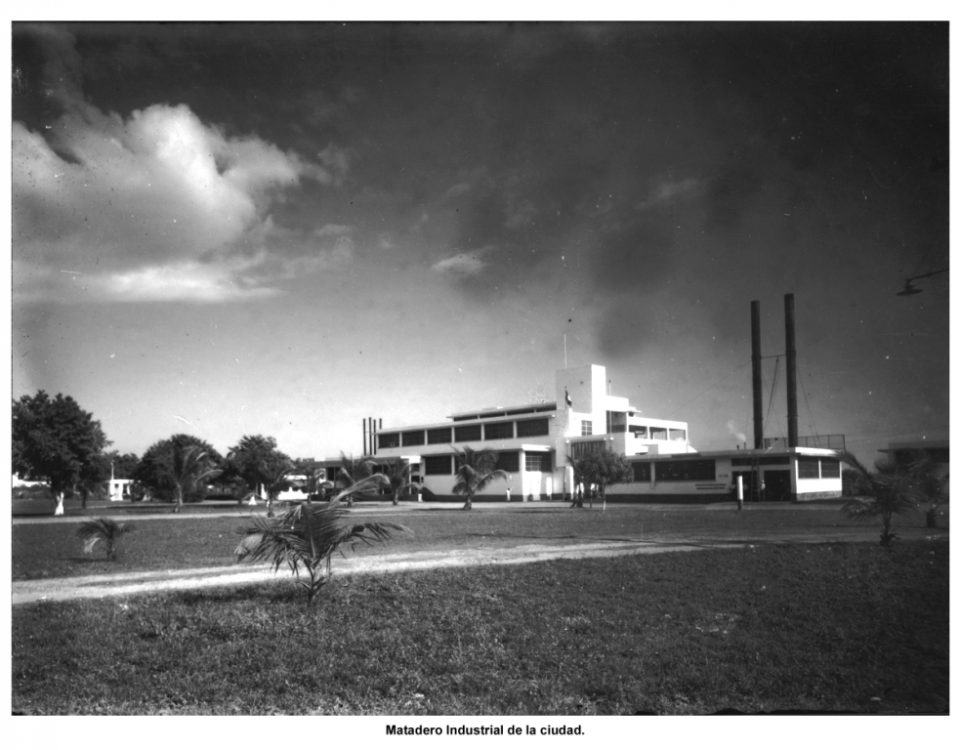The Trujillo dictatorship in its last days

The Constanza, Maimon and Estero Hondo Expedition, June 14 and 20, 1959.
February 22, 2017
Santiago's pamphleteers
February 22, 2017The application of the most brutal methods of annihilation used by Trujillo against the young expeditionaries of June 14, 1959, far from strengthening his dictatorship, as the dictator and his collaborators believed, cracked the foundations of his power structure, because the impact caused in the heart of the people by the knowledge of the mass tortures and executions of these heroes, showed that the regime had reached an extreme degree of bestiality, creating a wave of repudiation that became generalized day after day, a feeling that raised the democratic conscience of all Dominicans.
This last fact was felt especially among the youth, but also in the heart of many families belonging to the civil and military bureaucratic apparatus of the tyranny, who also noticed, for the first time, that the political changes that were taking place throughout Latin America at that time, were already beginning to be felt in our country, indicating that Trujillo's government's days were numbered.
At that time, certain events of great importance reiterated to Dominicans in 1960 that the end of the dictatorship was near. The first was the breadth and the social and political category of the young participants in the conspiracy against Trujillo discovered by the secret services in January of that year, since a good part of them came from wealthy groups, and not a few were even children or close relatives of officials or former officials of the regime; and as a consequence of the above, the change of direction registered by the leadership of the Catholic Church with the publication of the Pastoral Letter issued that same month of January, where they demanded respect for the human rights of the imprisoned young people and respect for their lives.
The objective examination of the political conduct of the tyrant in those days, and those of his main accomplices and henchmen of the Military Intelligence Services (SIM) deepening repression, that is, espionage, persecutions and mass imprisonments, enveloping the country in a true state of siege, unbridled conduct that reached its climax with the horrible murder of the three Mirabal sisters in November 1960, allow us to point out that the dictator had entered a phase of mental derangement.
This derangement was also evident in the planning of the attempt organized by Trujillo and his chief of military intelligence services, Colonel Abbes García, against the life of the President of Venezuela, Rómulo Betancourt, on June 24, 1960; a crazy action that led the OAS shortly thereafter to condemn the dictator and establish economic sanctions against his government.
All this occurred while the official propaganda apparatus was praising socialism, the Cuban revolution, the establishment of diplomatic relations with the Soviet Union was announced and a pact was established for the return to the country of the Marxist revolutionary leaders, Máximo López Molina and Andrés Ramos Peguero, to allow the Dominican Popular Movement to act.
For its part, the country's economy, which had been in crisis for several years, was further aggravated by the government's excessive expenditures in the expansion of its army, aviation and navy, the creation of its "Foreign Legion", the increase in expenditures to maintain the constant efforts for the surveillance of the national territory, the fall in the prices of the main exportation articles that originated a deficit in the balance of payments, together with the drain in foreign currency that meant the economic sanctions imposed by the OAS that subtracted foreign currency from Trujillo's sugar businesses for close to 20 million dollars and the hoarding of foreign currency by the already frightened family of the despot, designated in those days (January 21, 1961) President of the State Banks. This serious economic and financial deterioration led the regime, on the one hand, to the signing of an agreement with the International Monetary Fund, and on the other, to the creation of new taxes that further increased discontent.
In addition to all of the above, there was a phenomenon external to Dominican society: the change in U.S. foreign policy in Latin America immediately after the fall of the Batista dictatorship in Cuba in 1959, which favored the establishment of representative democratic governments. Motivated by these changes, understood by U.S. strategists as absolutely necessary to avoid the creation of new revolutionary processes in the continent as had occurred in Cuba with the arrival of Fidel Castro to power, both President Eisenhower, in the final days of his mandate, and the new President John F. Kennedy in the first months of his administration (January-February 1961), sent to the Dominican Republic several emissaries who tried to convince Trujillo to abandon power. But that effort proved futile: the gendarme created by the United States, wrapped up in his madness, no longer obeyed his bosses.
But President Kennedy was not deterred by the rejection of his proposal to the dictator, and on March 14, 1961, in his speech in Uruguay, where he announced the creation of the "Alliance for Progress", he expressed his "hope that soon the Dominican Republic will join the society of free men".
All the aforementioned facts showed that at the beginning of 1961, Trujillo was already, as Dominicans say, "a living dead".




